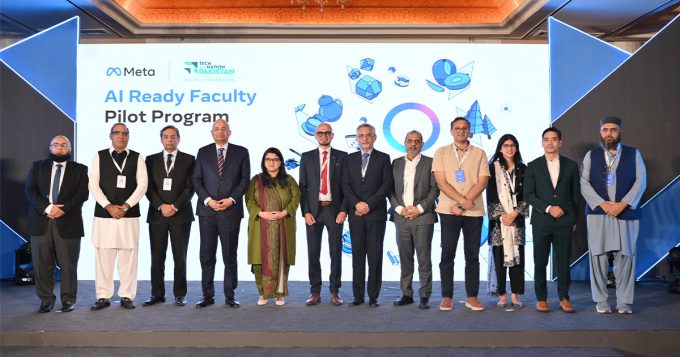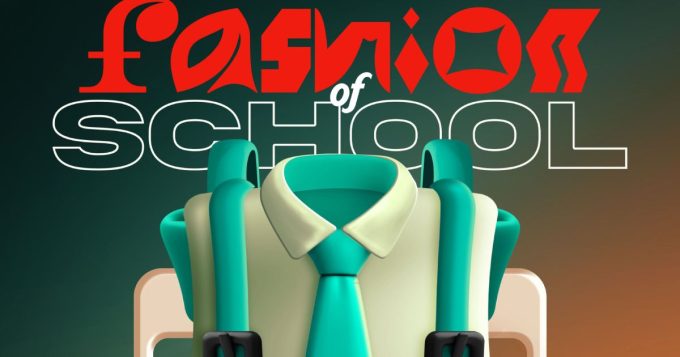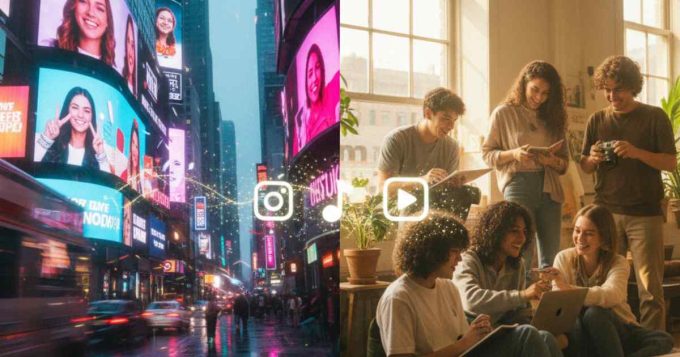The fashion industry’s glamour often conceals the strategic world of marketing. Which defines how brands establish their image – whether luxury, streetwear, or sustainable. As technology and social media reshape consumer behaviour. Fashion marketing faces rapid transformations, opening doors to global reach and innovative strategies.
The hidden gears behind the glamorous world of fashion lie in the marketing sector of the industry. Through a brand’s imaging and positioning, it can position itself as a luxury, mature, affordable or streetwear brand.
The world of fashion marketing, like the industry itself, is ever-changing and adapting to consumer demand. With a recent influx of technology and AI models, and the increasing role that social media continues to play in consumer decisions. The industry has seen rapid change in the past few years. The following are some insights from the trends in the style and fashion marketing industry:
Unique Social Media Marketing
As of 2024, platforms such as Instagram, Facebook, TikTok, Pinterest, LinkedIn, Twitter, Snapchat, and even YouTube have introduced a marketplace feature. This allows for a more versatile virtual buying and selling experience.
Marketing through social media has been dubbed as “shoppertainment”, and younger consumers’ preferences and shopping habits can be directly targeted. For example, the recent incline towards “retail therapy” on online platforms. It is an indicator of micro-trends and how they gently press towards a larger focus on active consumer behaviour.
The phenomenon of “fast fashion” has also greatly contributed to the now much faster trend cycling that encourages a constant stream of purchasing new garments and accessories to keep up with “what’s trending.”
As a result of the quick rise and decline of trend cycles. Marketing has had to adapt to keep up with the demand for new products quickly. A cost-effective and efficient way to meet these demands is through greater online efforts.
As a result, brands have taken to methods such as influencer marketing to make their desired impact. According to the BoF-McKinsey consumer survey. The influencer-marketing industry was forecasted to reach $21 billion in 2023 and will keep rising.
Brands such as ‘Hugo Boss’ and ‘Gucci’ have conducted such campaigns with influencers like ‘Sabrina Bahsoon’ and ‘Amelia Dimoldenberg’ respectively. Social media marketing, being such an accessible platform, does not reserve itself for any one genre of brand.
View this post on Instagram
In fact, smaller brands are also able to make a large impact through social media. One shining and pertinent example of this is the Pakistani streetwear brand ‘Rastah’. Three cousins launched this brand in 2018, and since then, Justin Bieber, Timothée Chalamet, Zayn Malik, Riz Ahmed, French Montana, and many other Hollywood and Bollywood celebrities have worn it.
Increased Development and Role of AI
Since its introduction, AI has made leaps and bounds in almost all industries. And for everyone who has had exposure to it, not just in professional capacities but also personal, individual capacities. Large language models like ChatGPT have become everyday terms and applications.
McKinsey analysts believe that Generative AI could add anywhere from $150 billion to $275 billion in profits to the fashion industry by 2030. Trend forecasting giants like ‘WGSN’, ‘Peclers’, ‘Trend Stop’ and ‘Fashion Snoops’ are using AI-based forecasting to keep pace with global trend overturn and the rising industry of fast fashion.
AI also allows for a more personalised online shopping experience. Consumers can factor in their lifestyle, mood, preferences, and body type when selecting what to purchase. Another interesting development is the surge of ‘AI Influencers’, such as ‘Lil Miquela’, ‘Shudu Gram’, and ‘Imma’, virtual influencers who partner with fashion and makeup brands for online marketing campaigns.

Focus on Sustainability and Ethics:
Around 67% of consumers now say they consider sustainability to be an important factor. When choosing which brands they want to buy from, as stated on NovaTomato. A sustainable fashion brand is one of them. This can be seen mirrored worldwide in various brand campaigns and marketing efforts.
As the world becomes more globalised and aware. The unsustainable production methods of the fashion industry have come to light. Millennials and Gen-Zers are especially factoring in more than just the product when buying.
With a larger concern for our environment and the ethicality of production methods. People now demand to know who makes their clothes, how they’re made, and who or what the process affects. As a result, trends such as upcycling, thrifting, and a refocus on the ‘vintage look have emerged.
One notable sustainable US-based fashion brand is ‘Outerknown’, which uses 90% recycled or ethically sourced fibres, and is planning to become fully circular by 2030. ‘Patagonia’ is another example of brand imaging in line with sustainability and ethicality. For almost 40 years, ‘Patagonia’ has supported grassroots activists working to find solutions to the environmental crisis.
In fact, Vogue Business highlights a high-end luxury fashion campaign, “Girls Just Wanna Grown Plants”. It tackles the idea that one must keep up pace with fashion trends, which leads to overconsumption and ultimately, pollution.
Consumers applauded ‘Agency for Nature’ for its sustainability-focused campaign, but they gauge sustainability beyond marketing and branding alone.
An inaccurate sustainability campaign can backfire, a phenomenon known as “greenwashing,” and conscious buyers watch closely for it. Lululemon’s ‘Be Planet’ campaign faced backlash when the company doubled 99.7% of its carbon emissions during the campaign’s run.

We live in an ever-changing global climate—an online, hyper-connected, and closely monitored network that permeates both personal and professional life. It only makes sense that social media landscapes, artificial intelligence models, and critical consumer bodies make up the future of even fashion marketing.
However, with this also comes the opportunity to tap into global markets, to reach newer audiences, and to scale to unprecedented proportions. It is worth appreciating that the global consumer is changing to be more aware and conscious of the environmental impact of their individual actions.
While also holding the corporations they buy from to those same standards and values. The fashion marketing industry is changing, and with that, it brings endless opportunities.









